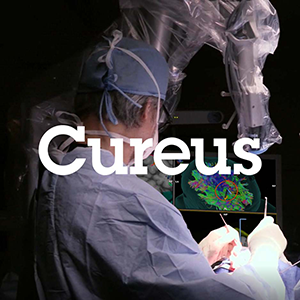“Background: Hypophosphatasia (HPP) is a rare congenital disease caused by a mutation affecting tissue non-specific alkaline phosphatase, an enzyme involved in phosphate metabolism. The clinical manifestation usually includes bone-mineralization disorders, neurological symptoms, and persistent muscle pain.
Case report: This case involves a woman in her sixties of Central European descent who suffers from life-long chronic pain and muscle weakness due to hypophosphatasia and concomitant degenerative changes of the lumbar spine. The patient is physically impaired and limited in her ability to walk as a result. HPP-specific and guideline-based multimodal pain management including enzyme replacement therapy with asfotase alfa, opioids, invasive orthopedic and neurosurgical procedures, long-term physiotherapy, and psychotherapy did not yield sufficient treatment results. The average pain was given as 8.5 on a numerical rating scale (NRS, 0-10) for the last 3 years. Treatment with a cannabidiol-predominant, full-spectrum, prescription cannabis extract led to a clinically meaningful pain reduction to 2.5/10 NRS, a discontinuation of opioids, and a recent resumption of employment as a physician.
Conclusion: A more widespread consideration of medical cannabinoids in the treatment of complex chronic pain is proposed. Cannabinoids may pose a particularly potent treatment option for HPP-related symptoms and inflammation due to their known anti-inflammatory properties.”







